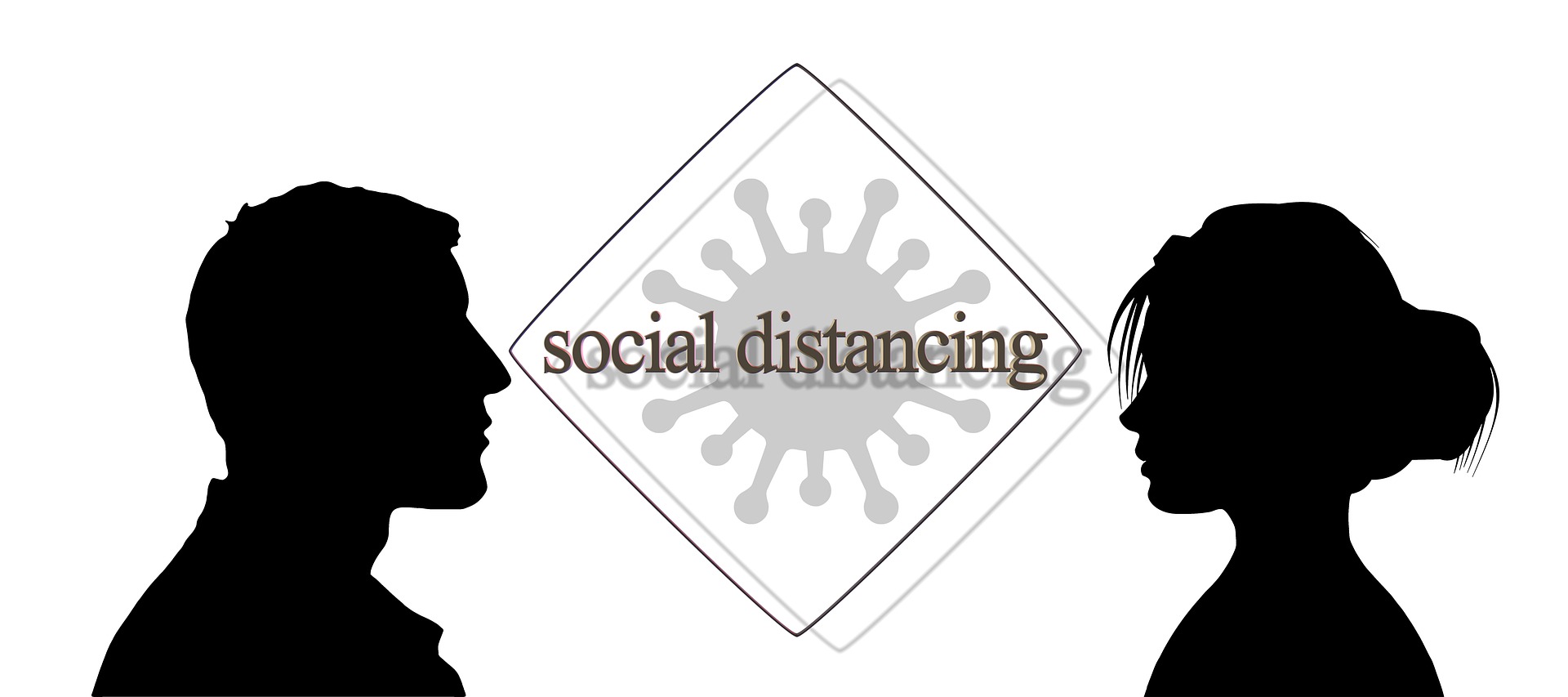After six months of the COVID pandemic, the time has come to talk about reevaluation of the six feet social distancing guideline.
Since the beginning of the pandemic, public officials and health agencies around the world have advised the public to follow a six-foot (about 2m) social distance rule. People were advised to keep at least six feet away from each other, in order to limit the potential for coronavirus transmission. In fact, the “six-foot rule” entered the public consciousness, through signs, posters on the walls of the restaurants, as well as verbal warnings from the police.
However, a new article from a medical journal BMJ questions whether six feet is really enough to avoid transmitting the virus and if they are to be taken seriously, such recommendations could have widespread consequences to public health and behavior. Instead of official distance, researchers suggested a graded recommendation, depending based on the specific details of their situations, as well as the factors that include whether someone is singing, talking or interacting indoors or outdoors.
The original six-foot rule was based on the belief that six feet is the range for transmission of aerosols that contain pathogens, but researchers now say that this may not always be true. They claim that variables, such as the force with which a person exhales, the specific diseases contained in the droplets (and their size), the amount of ventilation in the area where it occurs, as well the specific airflow patterns in those locations all deeply impact how far an aerosol can travel to infect someone.
Furthermore, the authors developed a model for which that they established a levels of risk for infection – the highest level of risk comes from people who do not wear face covers in poorly ventilated areas or indoor spaces and well ventilated. On the contrary, the lowest level of risk comes from people who are in a well-ventilated area with low occupancy, for short period of time, while wearing face coverings at the same time.
Conclusion
As a conclusion, the group of authors said: “Physical distancing should be seen as only one part of a wider public health approach to containing the covid-19 pandemic. It needs to be implemented alongside combined strategies of people-air-surface-space management, including hand hygiene, cleaning, occupancy and indoor space and air managements, and appropriate protective equipment, such as masks, for the setting.”
Moreover, one of the experts highlighted that in a higher risk situation – a crowded, poorly-ventilated indoor environment, where only few participants wear masks, social distancing beyond six feet and minimizing your exposure time should be encouraged.
